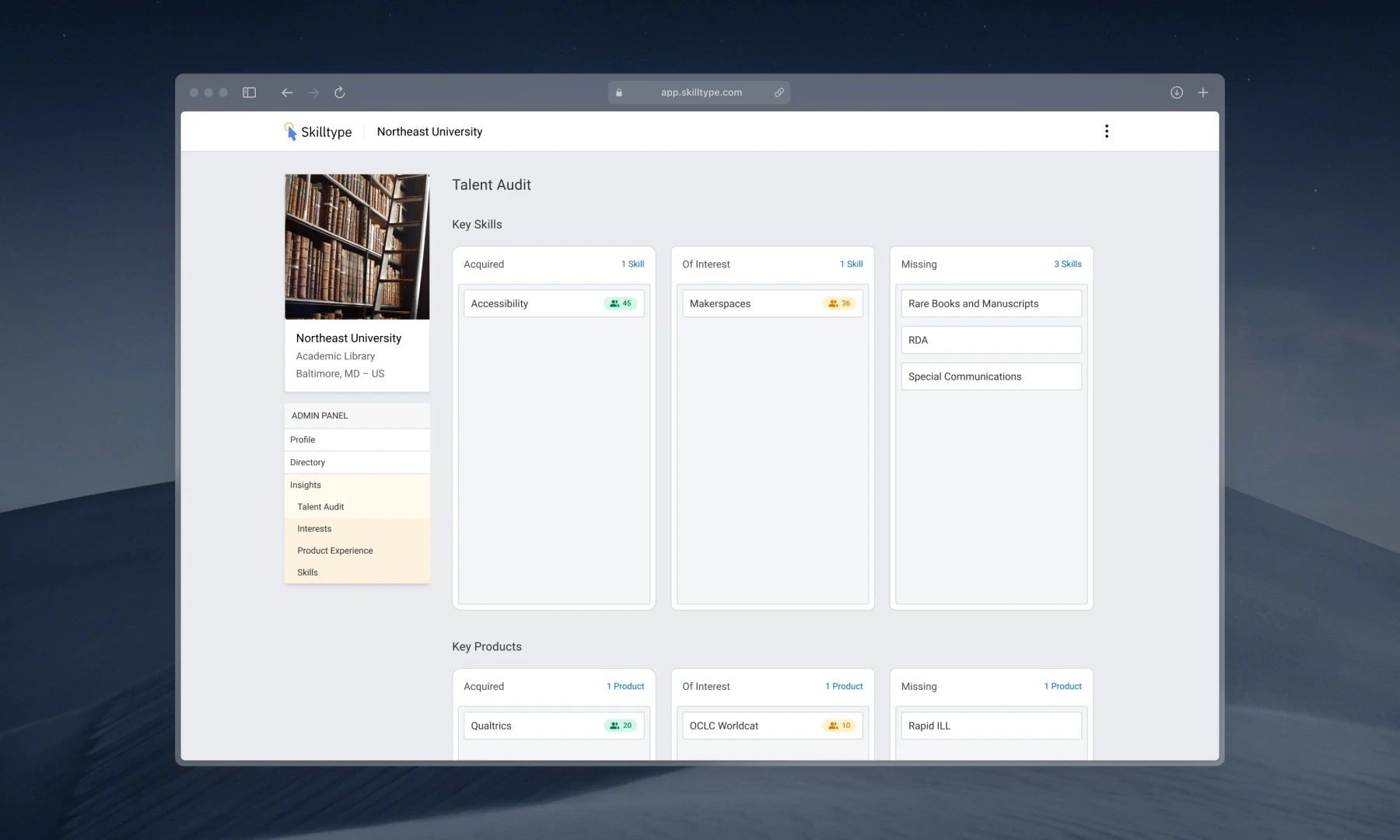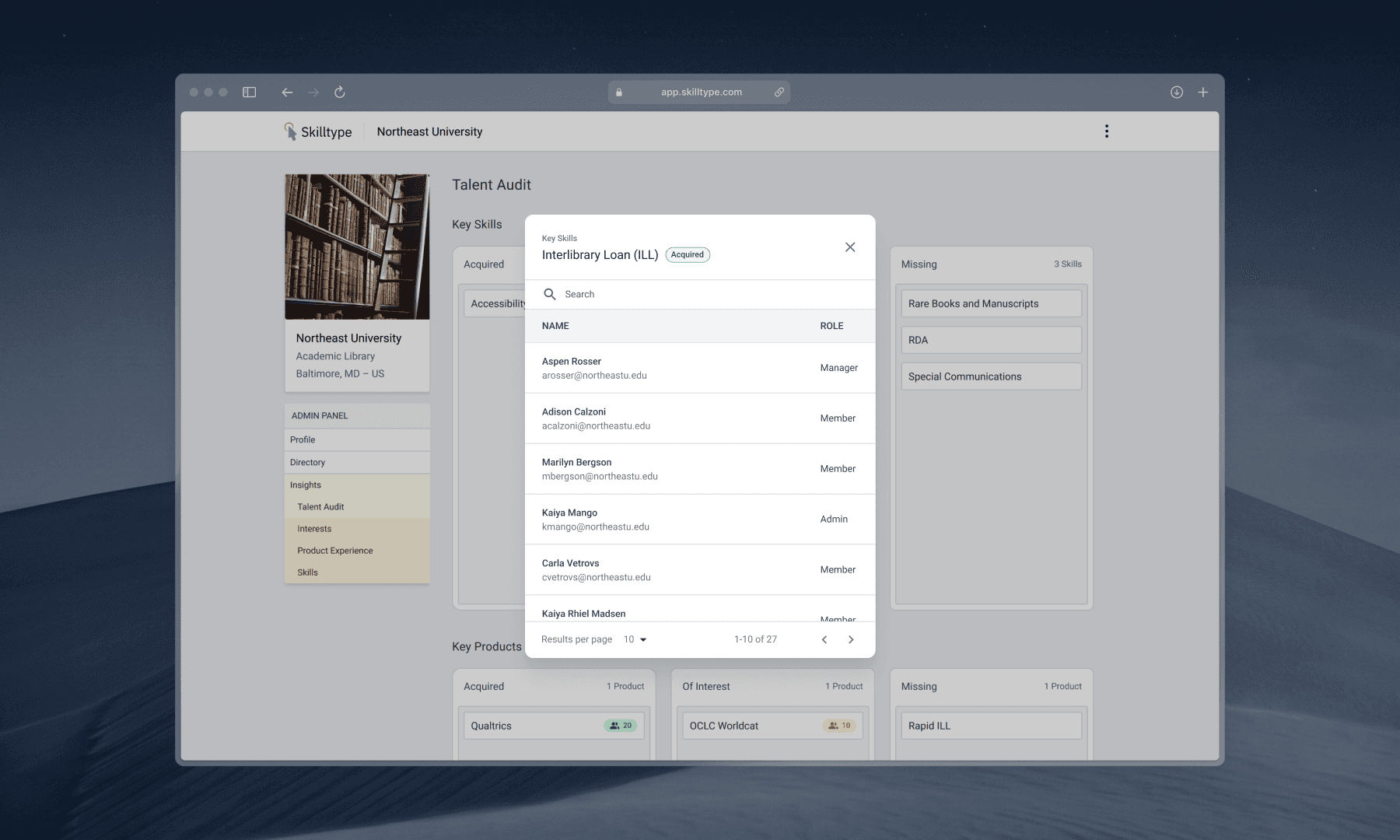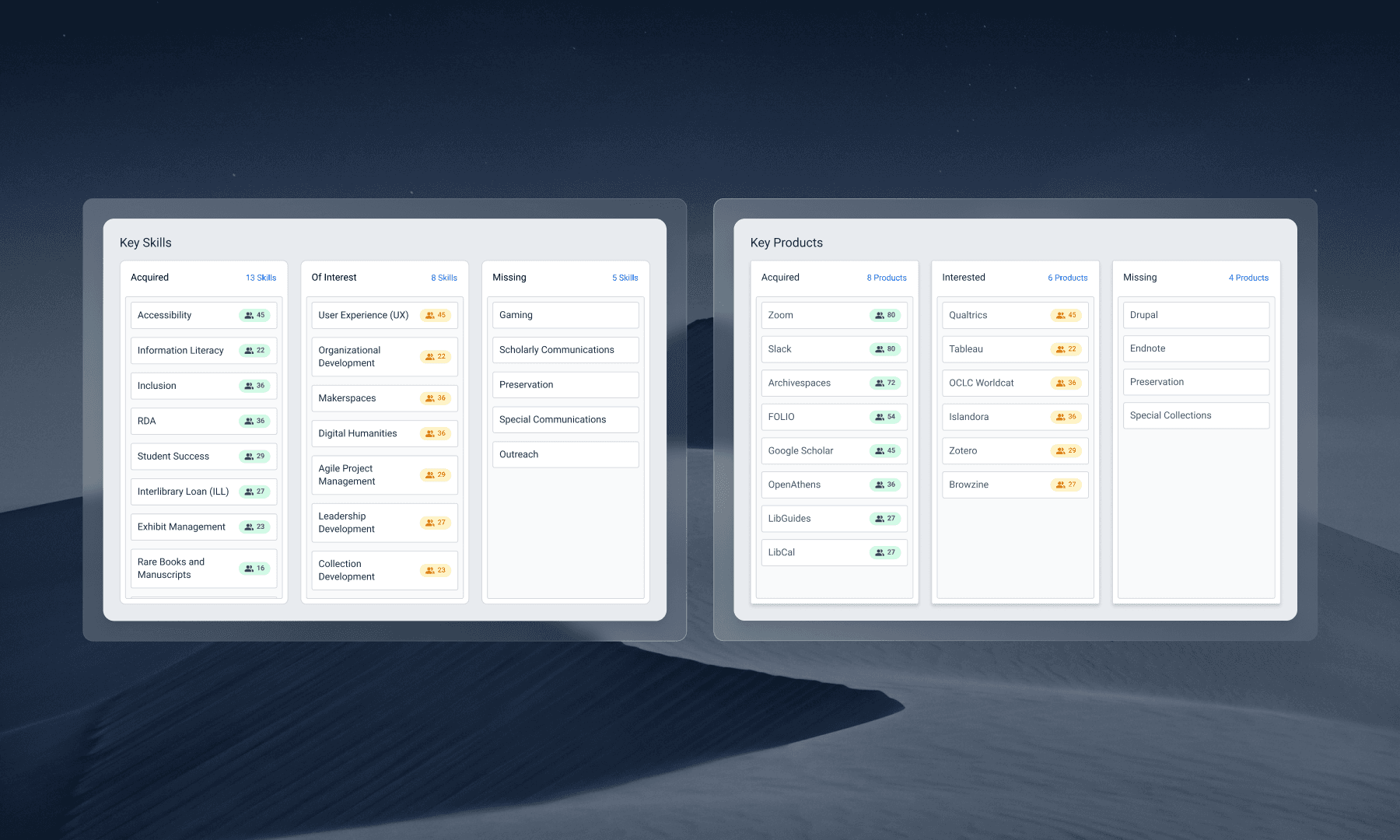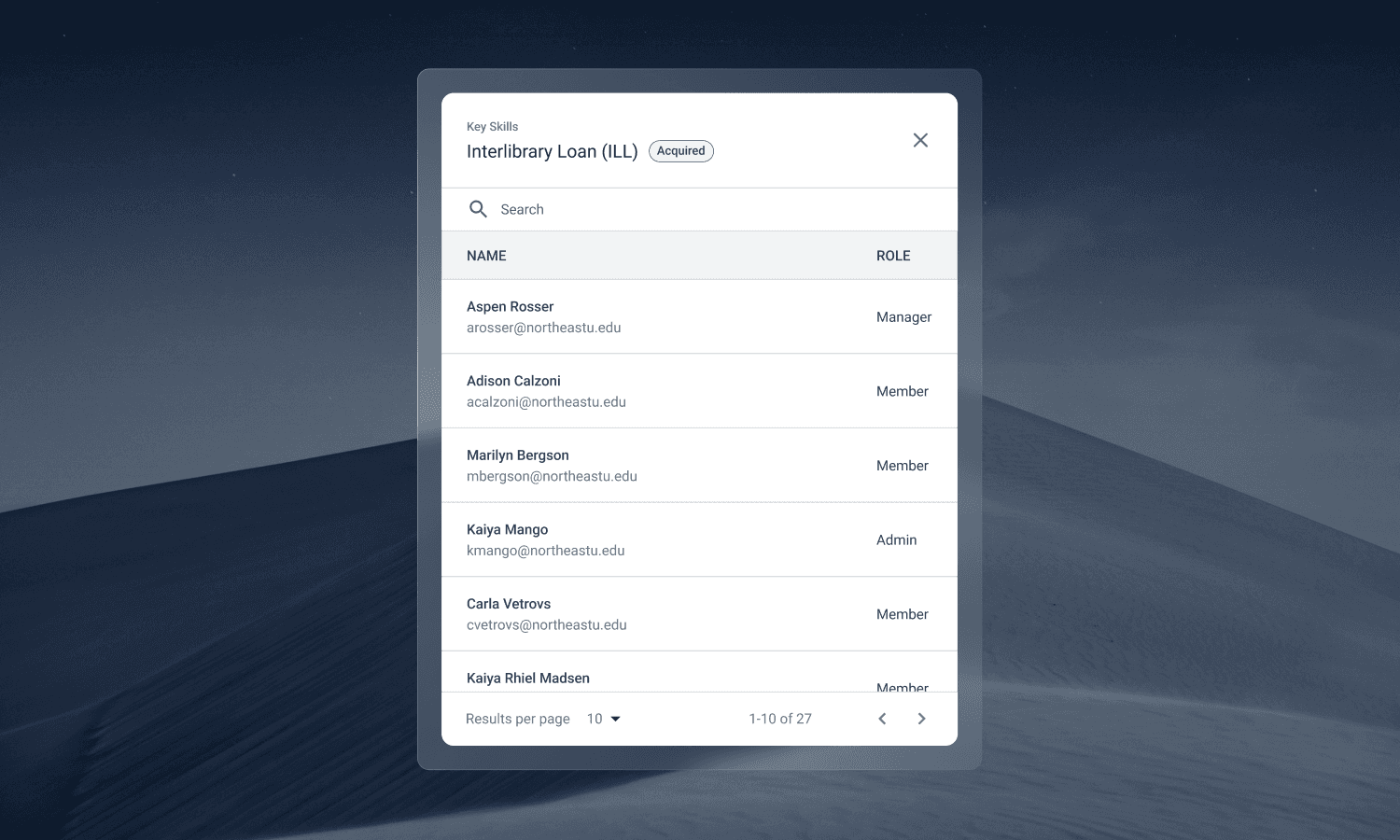Despite its simplicity, Talent Audit became a pivotal feature for Skilltype, marking a clear upward trajectory. The improvements directly led to our first statewide deal and played a key role in securing more funding.
Monthly Enterprise Acquisitions
Monthly Demo Requests
Sales Cycle Duration



